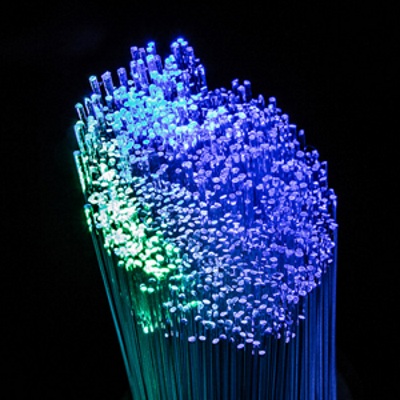Researchers at University College London (UCL) have demonstrated a new way of processing fiber optic signals, proving the technique so effective that it actually doubles the distance at which data travels error-free through transatlantic sub-marine cables.
The group’s solution could potentially reduce the costs of setting up long-distance fiber optic communications as they will no longer need boosting while on their journey.

A layman’s explanation of the technique is that it corrects the data if it becomes corrupted or distorted during the journey. Being able to do this not only improves upon the quality of the data on the receiving end, it increases the capacity of the fibers without having to introduce new components.
This is an especially important point, as the world’s increased internet usage in recent years has resulted in greater demand for data; and accurate data at that. Presently, companies are using existing infrastructure with different frequencies of light to send data signals. Unfortunately, with so many light signals being sent, the beams are interacting with one another and distorting, which ultimately results in data being received on the end of the line with errors.

The study the UCL researchers put together suggests undoing the interactions that occur between different optical channels by having “super-channels” travel side-by-side over an optical cable. Study author Dr. Robert Maher (UCL Electronic and Electrical Engineering), explains:
“By eliminating the interactions between the optical channels, we are able to double the distance signals can be transmitted error-free, from 3190km to 5890km, which is the largest increase ever reported for this system architecture. The challenge is to devise a technique to simultaneously capture a group of optical channels, known as a super-channel, with a single receiver. This allows us to undo the distortion by sending the data channels back on a virtual digital journey at the same time.”
To test their idea out, the group used a “16-QAM super-channel” made of a set of frequencies which could be coded using amplitude, phase, and frequency, to create a high-capacity optical signal. The super-channel was detected using a high-speed super-receiver — at the conclusion of their experiment, it was proven that the group’s new signal processing technique enabled the reception of all channels without error.
“We're excited to report such an important finding that will improve fiber optic communications,” said study author Polina Bayvel (Electronic & Electrical Engineering), who is also a professor of Optical Communications and Networks, and Director of UNLOC. “Our method greatly improves the efficiency of transmission of data — almost doubling the transmission distances that can be achieved, with the potential to make significant savings over current state-of-the art commercial systems. One of the biggest global challenges we face is how to maintain communications with demand for the Internet booming — overcoming the capacity limits of optical fibers cables is a large part of solving that problem.”
The group will next test their new method on denser super-channels used for things like digital cable TV (64QAM), cable modems (256 QAM), and Ethernet connections (1024 QAM).
Via: UCL.edu
Advertisement
Learn more about Electronic Products Magazine





